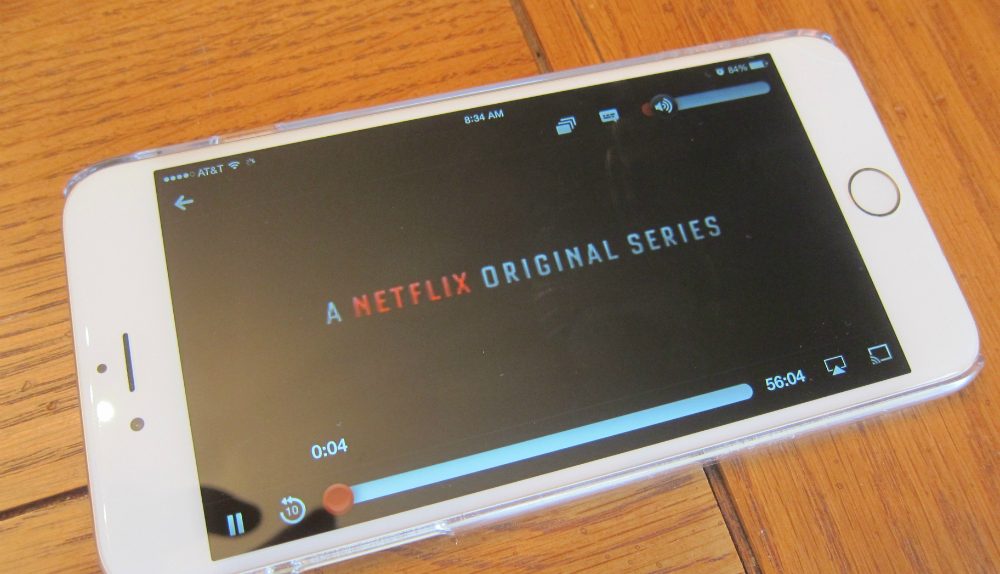Netflix’s earnings results earlier this week didn’t give investors much to cheer about. While the streaming giant’s overall number of subscribers increased over the quarter, the company experienced their slowest rate of subscriber growth in history. As for the reason why, Netflix casually dismissed the data point and instead blamed the tech press for focusing too much on its plans for a $1 increase.
But the idea that Netflix subscribers — including those who were previously grandfathered in under old pricing schemes — would brazenly cancel their subscription over a meager $1 price increase just didn’t make a whole lot of sense to some, including CNBC’s Jim Cramer. Appearing on Squawk on the Street on Tuesday, Cramer instead laid out an opposite theory, namely that users are canceling their subscriptions because of a lack of content.
DON’T MISS: Pokemon Go: Google Maps hack makes it easier than ever to find Pokemon
“Something happened here where people decided that content wasn’t worth paying for,” Cramer said. “I would never in a million years say I’m not paying the additional couple [of dollars].”
Now is this to say that the content on Netflix is no good and that the company’s big bet on original content isn’t paying off? Not quite. Exstreamist adds some clarity to Cramer’s remarks, noting that subscriber churn may simply be a function of Netflix’s dwindling library of content.
As we’ve highlighted before, the quantity of titles in Netflix’s library has dwindled dramatically over the past few years, largely due to Netflix spending most of its money on developing new series as opposed to securing licensing deals with content providers.
As a result, Netflix’s content library has shrunk by about 40% over the last four years. And sure, one can reasonably argue that the quality of content on Netflix has gotten measurably better, Netflix’s laser like focus on original content may leave some viewers looking for something to watch once they plow through everything Netflix has to offer.
Exstreamist also makes a good point of noting that Netflix’s original movie strategy may not even be a good use of its funds, and we’re inclined to agree.
We struggle to believe that spending $90 million on Will Smith movies is sustainable or the right strategy for the streaming service. Certainly, despite having total ownership over this content, that money could easily be spent elsewhere. As a benchmark, Hulu paid $180 million for the rights to stream ‘Seinfeld,’ likely one of the most expensive television shows, for five years. We’d much rather have half of the Seinfeld catalog than one movie when it comes to paying for a streaming subscription.
This is a very insightful point, especially because spending all that money on a multi-year series gives viewers a whole lot of content to watch. Take Seinfeld, for example. There are 180 Seinfeld episodes which translates to approximately 72 hours of Television to watch. On the flip side, Netflix invests untold millions into original movies which yield 2 hours worth of content to watch at the most.
Another point which we’ll cover in greater depth later is that Netflix’s focus on original content puts the company in a position where it’s constantly trying to advertise its shows and get viewers interested. And with so many new shows hitting Netflix every single month, it’s somewhat tough to keep up with everything new coming down the pipeline. In contrast, a library full of already popular TV shows and movies makes it easier for viewers to find something they’re already familiar with. If The Americans comes to Netflix, for example, the existing buzz around the show would immediately translate over to Netflix without first requiring Netflix having to explain to users what the show is all about and why they might be interested.
All that said, the quality of Netflix’s original programming simply cannot be beat as the streaming giant continuously outdoes itself. It just might be nice to see its content library bolstered ever so slightly by TV shows and movies we already know and love.




